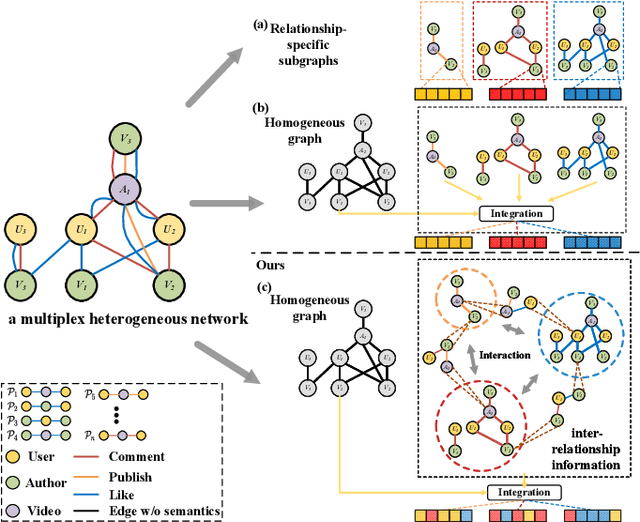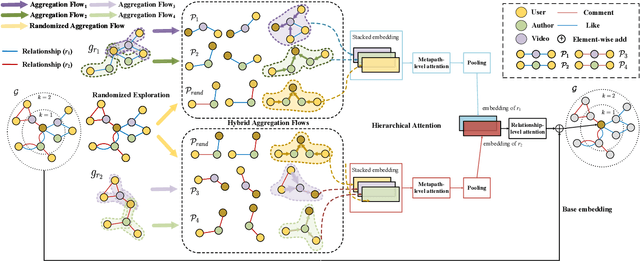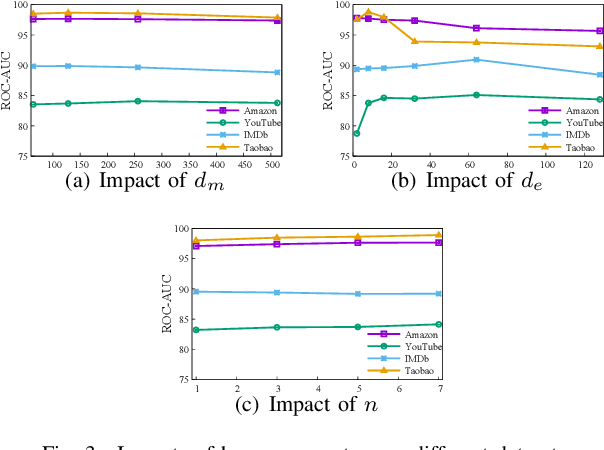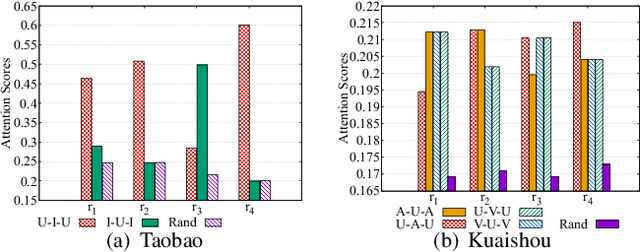Yunkai Lou
Graphy'our Data: Towards End-to-End Modeling, Exploring and Generating Report from Raw Data
Feb 24, 2025Abstract:Large Language Models (LLMs) have recently demonstrated remarkable performance in tasks such as Retrieval-Augmented Generation (RAG) and autonomous AI agent workflows. Yet, when faced with large sets of unstructured documents requiring progressive exploration, analysis, and synthesis, such as conducting literature survey, existing approaches often fall short. We address this challenge -- termed Progressive Document Investigation -- by introducing Graphy, an end-to-end platform that automates data modeling, exploration and high-quality report generation in a user-friendly manner. Graphy comprises an offline Scrapper that transforms raw documents into a structured graph of Fact and Dimension nodes, and an online Surveyor that enables iterative exploration and LLM-driven report generation. We showcase a pre-scrapped graph of over 50,000 papers -- complete with their references -- demonstrating how Graphy facilitates the literature-survey scenario. The demonstration video can be found at https://youtu.be/uM4nzkAdGlM.
HybridGNN: Learning Hybrid Representation in Multiplex Heterogeneous Networks
Aug 03, 2022



Abstract:Recently, graph neural networks have shown the superiority of modeling the complex topological structures in heterogeneous network-based recommender systems. Due to the diverse interactions among nodes and abundant semantics emerging from diverse types of nodes and edges, there is a bursting research interest in learning expressive node representations in multiplex heterogeneous networks. One of the most important tasks in recommender systems is to predict the potential connection between two nodes under a specific edge type (i.e., relationship). Although existing studies utilize explicit metapaths to aggregate neighbors, practically they only consider intra-relationship metapaths and thus fail to leverage the potential uplift by inter-relationship information. Moreover, it is not always straightforward to exploit inter-relationship metapaths comprehensively under diverse relationships, especially with the increasing number of node and edge types. In addition, contributions of different relationships between two nodes are difficult to measure. To address the challenges, we propose HybridGNN, an end-to-end GNN model with hybrid aggregation flows and hierarchical attentions to fully utilize the heterogeneity in the multiplex scenarios. Specifically, HybridGNN applies a randomized inter-relationship exploration module to exploit the multiplexity property among different relationships. Then, our model leverages hybrid aggregation flows under intra-relationship metapaths and randomized exploration to learn the rich semantics. To explore the importance of different aggregation flow and take advantage of the multiplexity property, we bring forward a novel hierarchical attention module which leverages both metapath-level attention and relationship-level attention. Extensive experimental results suggest that HybridGNN achieves the best performance compared to several state-of-the-art baselines.
 Add to Chrome
Add to Chrome Add to Firefox
Add to Firefox Add to Edge
Add to Edge